Before I get to the shameless plugs for my book and stuff, I’d like to mention something I think is important. Over the last few days I’ve traded a couple of e-mails with one of my students who is an Egyptian. It is a remarkable experience to have such a connection to world events. This would not have happened to me without BetterPhoto. I truly have a world full of connections because I shared what I know and the photographs I’ve made with the world through BetterPhoto. I urge you to get connected, either with BetterPhoto or in some other way. I wish the Egyptian people good fortune in their new adventure.
And here are the shameless plugs. My book Understanding and Controlling Strobe Lighting: A Guide for Digital Photographers is on Amazon.com. The wonderful folks at Shutterbug magazine are printing a 3 page excerpt in the current issue. Please pick up the magazine. Here is a sample chapter from the book. Of course I still hope that you will consider purchasing my fine art book B Four: pictures of beach, beauty, beings and buildings. Frankly purchases of this book mean a lot to me, and it is also a fine gift for any occasion. As you know I teach for BetterPhoto.com. I really hope you’ll sign up my class: An Introduction to Photographic Lighting. Sign up are very good this month!
Back in the misty depths of time I was a large format photographer. I shot mostly on 4X5 and 8X10 film, which was expensive. A single piece of processed 4X5 film was about $4 and a sheet of Polaroid was $3. An average shot took 2 Polaroids and 2 pieces of film, so $14 per shot. Expenses were marked up for the client so film and Polaroid were a very significant part of the client’s bill. The reason I mention this is that I didn’t shoot many extra images, so I didn’t need to edit. You edited with the Polaroids, and the set-ups, getting the shot perfected before you took it. When I began using digital it became obvious that since an additional image had no additional cost more images would get made. Of course this means that editing is very important.
The number of images I shoot has continued to go up as digital equipment has improved and the cost of memory has come down. I did a typical construction shoot last week. I shot about 250 images of earth moving equipment. I love it when the earth moves. The problem is that the client needs only about 20 images. So I need to edit.
I know photographers who claim that they just can’t edit their own work. I think that anytime you tell me what you can’t do you are probably
right. But I also ask myself what kind of a photographer will limit himself or herself by saying that he/she can’t something? There are things I can’t do now, but if I wanted to do them I would learn. Some skills are hard to learn, but a professional will find a way to learn them. An amateur might not feel that they want to learn a skill, and that makes sense, because they are doing photography for personal expression.
When I take a photograph there is always a personal element to it. I am affected by the day, the people, the nature of the job and so on. The thing is that this won’t be part of my picture; my picture is only what I put in the frame. So when I look at a group of images the first thing is to concentrate only on what other people will see. I need to analyze the shot as someone else would see it. This isn’t all that difficult to learn, but it is really important. Most people use photography to diarize their
lives, to remember the moments of their own life. This is exactly what you need to avoid if you are making pictures for someone else. The first thing I look for is will the shot interest the intended audience.
The next step is to understand my shot in terms of the purpose of the shot. So I wouldn’t expect a shot of a musician to look like a shot of a realtor. If I’m shooting construction the look is going to be grittier and more graphic than the shot I would do of a finished home. I may have shots that would be excellent for family, but not for commercial usage. The client gets a group of the images for their stated purpose, but I may include additional images in a separate folder.
For analysis and for understanding my shots, I’ll probably
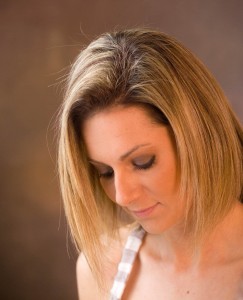
I did quite a number of similar images, but this had a little more emotional impact. I had to compare several images to make the decision.
use a fairly small version of the shot in an editing program. I use Adobe Bridge most of the time. I may edit with 4 or 5 images on a row. But for the next step I’m going to look at the images much larger. In the early editing process I’m looking for things that keep the image from working. In the final edit I’m looking for what makes the image work.
I want to think in terms of the graphic nature of the image, is it strong or subtle? I want to think about the nuances of expression, how intimate is an image? I want to think about color and technical aspects of an image.
One more thing: you want to go back to your images, in a few months or a year, to see if you’ve missed anything. As much as I try to see my shots from outside the experience of the shoot, putting some distance in time between editing and shooting will still change the way I see my work.

I hope you’ll suggest my BetterPhoto class An Introduction to Photographic Lighting to other photographers you know, or perhaps you’d like to give it as a gift? Amherst media sent me the cover for my second book, you can see it here, of course you can still buy my first book on Amazon . Also if you look at the March issue of Shutterbug you’ll find a three page excerpt from my book. I am so pleased that they did this.

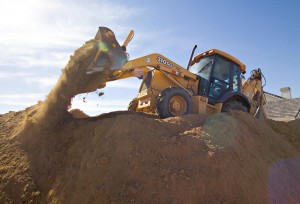
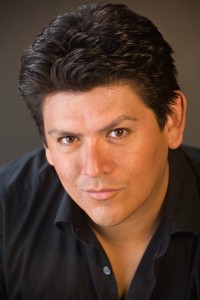
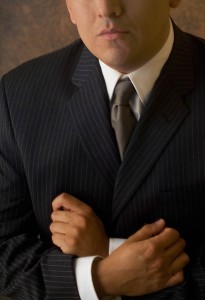


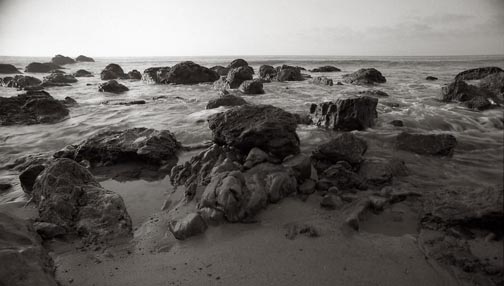
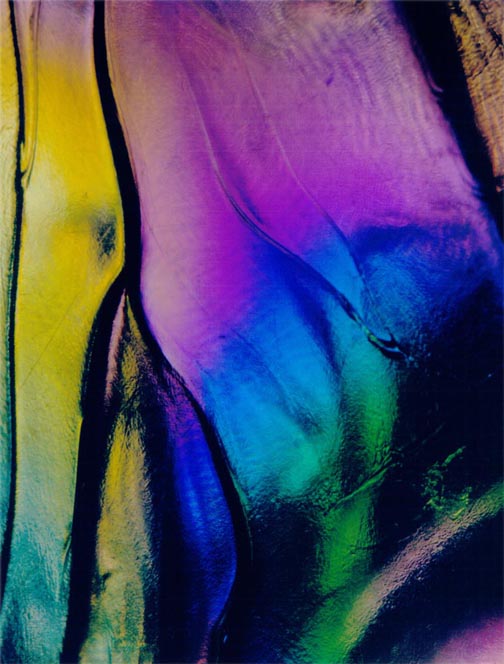
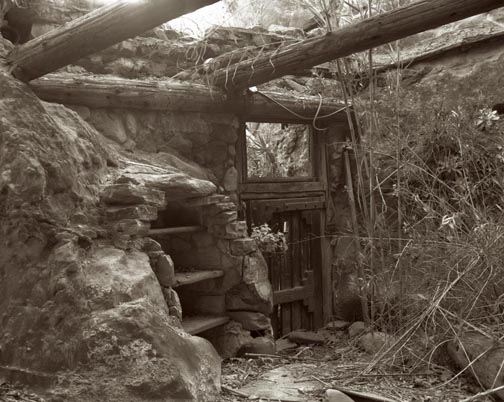
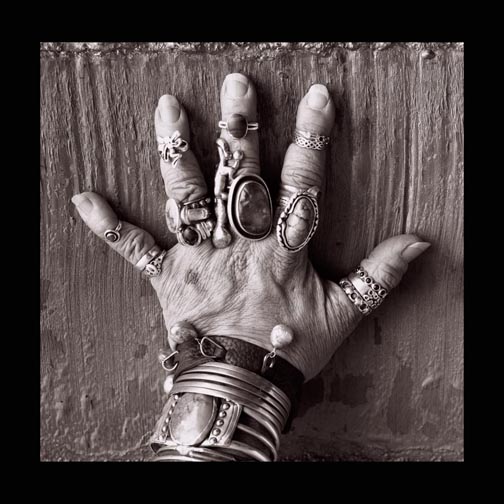
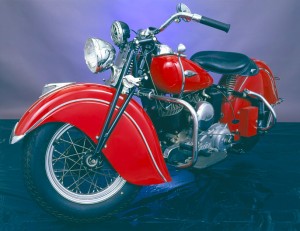
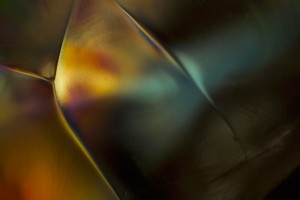
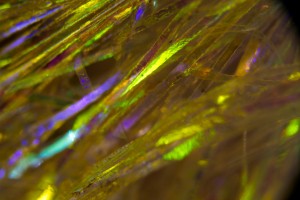
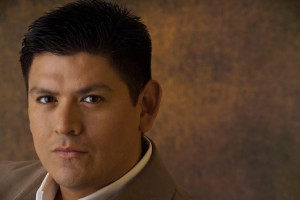
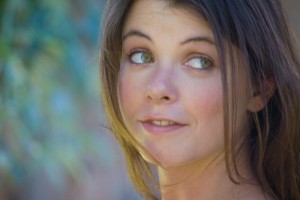
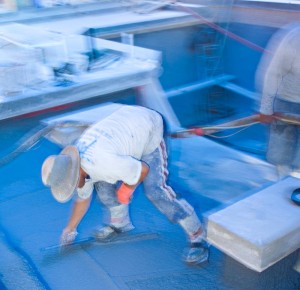
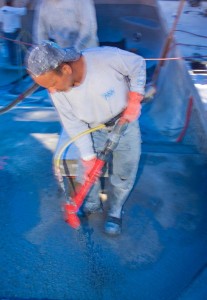
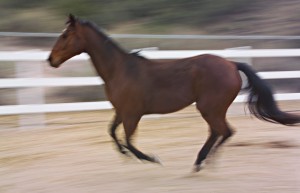
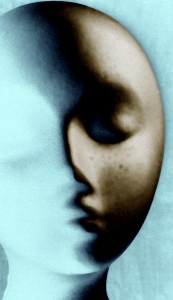
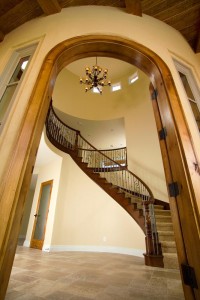
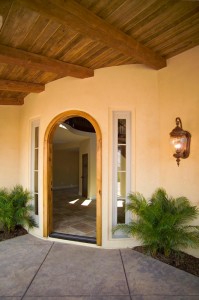
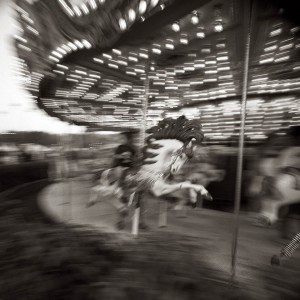
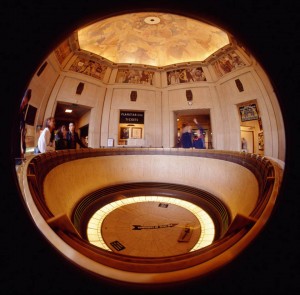
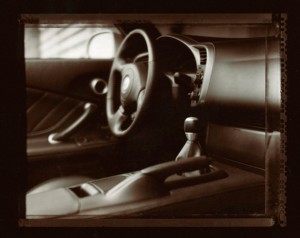
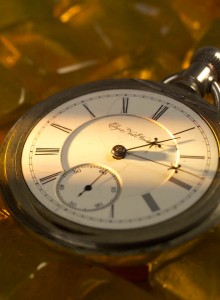
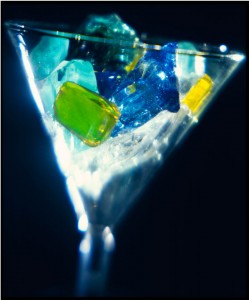
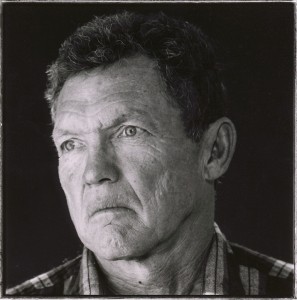
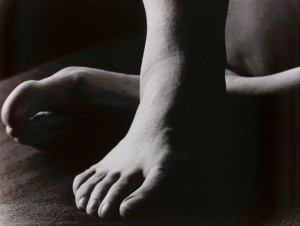

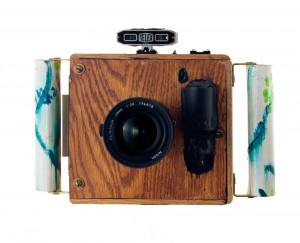
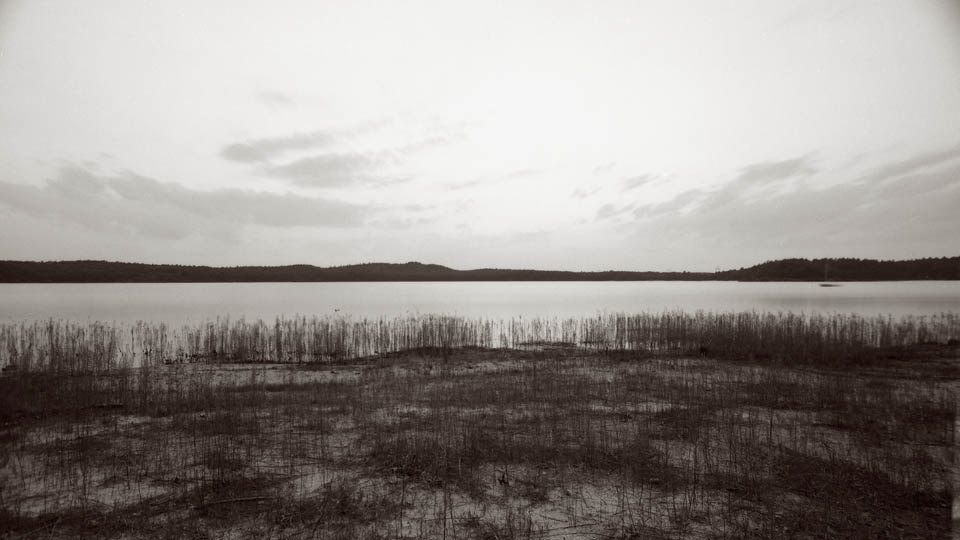
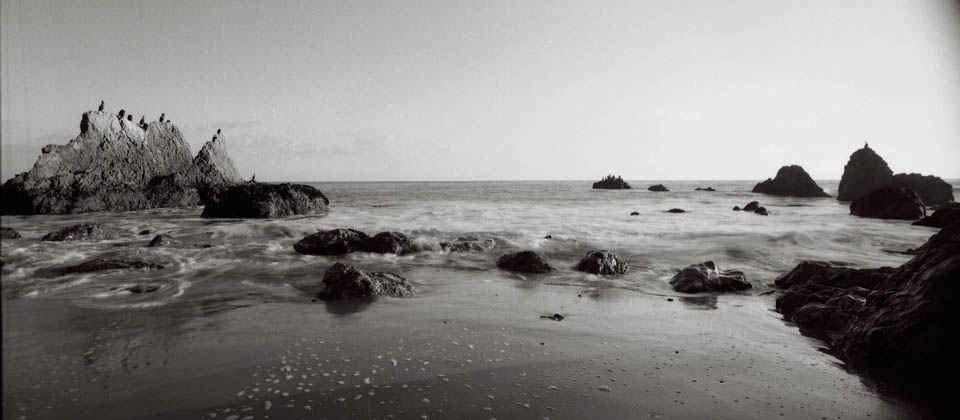

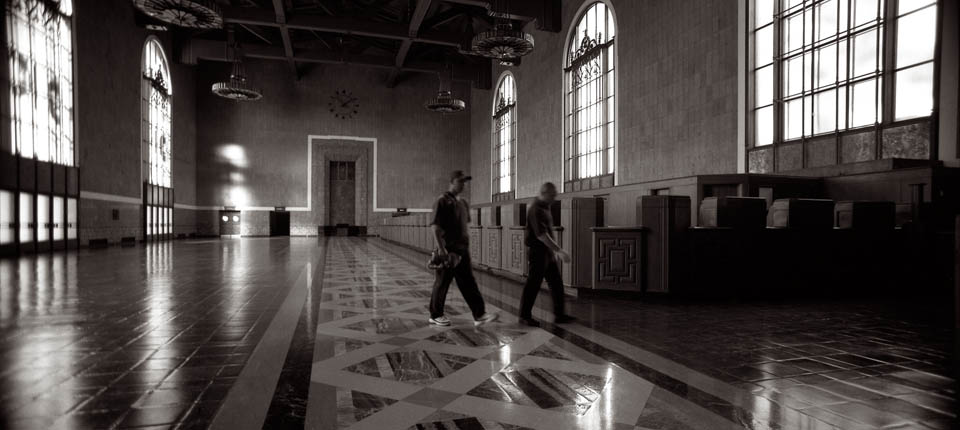

 One way to understand photography is as a way of communicating. So I could tell you about a spark plug, but if I show you the spark plug you know more. The plug could be from an engine, and then someone who knows cars could tell you the car is running rich. From just a picture of the plug. I could tell you a story with a picture, or I could give you an image that communicates like a poem. We can use photographs to communicate about facts, things actions, ideas and emotions. What a wonderful medium.
One way to understand photography is as a way of communicating. So I could tell you about a spark plug, but if I show you the spark plug you know more. The plug could be from an engine, and then someone who knows cars could tell you the car is running rich. From just a picture of the plug. I could tell you a story with a picture, or I could give you an image that communicates like a poem. We can use photographs to communicate about facts, things actions, ideas and emotions. What a wonderful medium.